SpaceX modernises Crew Dragon toilet after 2 faulty missions
Wednesday, 27 October 2021 03:39 Elon Musk's SpaceX company has upgraded the toilet system on the Crew Dragon spacecraft after running into several problems during previous launches, media reported.
"For Crew-3, we've fixed this problem in the tank by essentially making it an all-welded structure with no longer a joint in there that can come unglued and become disconnected", the Spaceflight.now portal quoted Gerstenmaier
Elon Musk's SpaceX company has upgraded the toilet system on the Crew Dragon spacecraft after running into several problems during previous launches, media reported.
"For Crew-3, we've fixed this problem in the tank by essentially making it an all-welded structure with no longer a joint in there that can come unglued and become disconnected", the Spaceflight.now portal quoted Gerstenmaier Need for Larger Space Telescope inspires lightweight flexible holographic lens
Wednesday, 27 October 2021 03:39 Inspired by a concept for discovering exoplanets with a giant space telescope, a team of researchers is developing holographic lenses that render visible and infrared starlight into either a focused image or a spectrum. The experimental method, detailed in an article appearing in Nature Scientific Reports, could be used to create a lightweight flexible lens, many meters in diameter, that could b
Inspired by a concept for discovering exoplanets with a giant space telescope, a team of researchers is developing holographic lenses that render visible and infrared starlight into either a focused image or a spectrum. The experimental method, detailed in an article appearing in Nature Scientific Reports, could be used to create a lightweight flexible lens, many meters in diameter, that could b China launches Shijian-21 satellite
Wednesday, 27 October 2021 03:39 China successfully launched a new satellite from the Xichang Satellite Launch Center in southwest China's Sichuan Province Sunday.
The satellite, Shijian-21, was launched at 9:27 a.m. (Beijing Time) by a Long March-3B carrier rocket and entered the planned orbit successfully.
The satellite will be mainly used to test and verify space debris mitigation technologies.
This launch
China successfully launched a new satellite from the Xichang Satellite Launch Center in southwest China's Sichuan Province Sunday.
The satellite, Shijian-21, was launched at 9:27 a.m. (Beijing Time) by a Long March-3B carrier rocket and entered the planned orbit successfully.
The satellite will be mainly used to test and verify space debris mitigation technologies.
This launch UK working with global partners to clear up dangerous space debris
Wednesday, 27 October 2021 03:39 From developing our space tracking capabilities and promoting international efforts in space sustainability, to finding novel ways of removing space debris - the UK is leading the way to ensure the Earth's orbit can continue to be used now and in the future.
Orbital congestion and space debris remains one of the biggest global challenges facing the space sector. There are currently an esti
From developing our space tracking capabilities and promoting international efforts in space sustainability, to finding novel ways of removing space debris - the UK is leading the way to ensure the Earth's orbit can continue to be used now and in the future.
Orbital congestion and space debris remains one of the biggest global challenges facing the space sector. There are currently an esti Searching for Earth 2.0? Zoom in on a star
Tuesday, 26 October 2021 21:02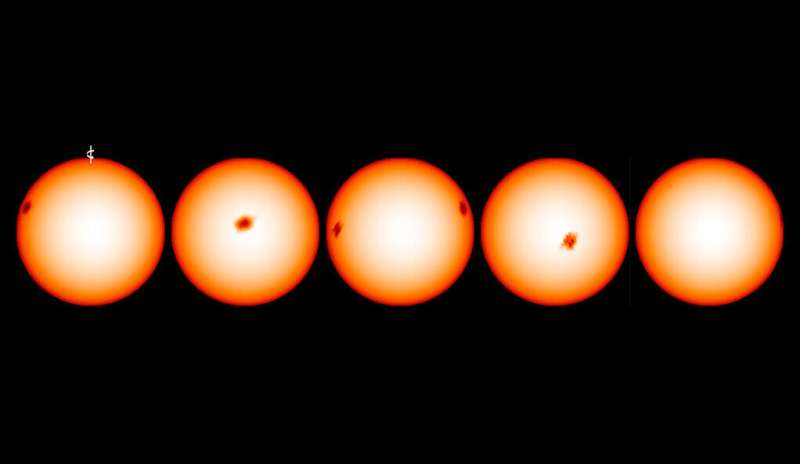
Astronomers searching for Earth-like planets in other solar systems have made a breakthrough by taking a closer look at the surface of stars.
A new technique developed by an international team of researchers—led by Yale astronomers Rachael Roettenbacher, Sam Cabot, and Debra Fischer—uses a combination of data from ground-based and orbiting telescopes to distinguish between light signals coming from stars and signals coming from planets orbiting those stars.
A study detailing the discovery has been accepted by The Astronomical Journal.
"Our techniques pull together three different types of contemporaneous observations to focus on understanding the star and what its surface looks like," said Roettenbacher, a 51 Pegasi b postdoctoral fellow at Yale and lead author of the paper.
Verizon announces intent to use Amazon’s planned Project Kuiper constellation
Tuesday, 26 October 2021 20:19
Verizon Communications is working with Amazon to develop solutions for its proposed Project Kuiper megaconstellation, with the aim of using the satellites to extend connectivity services to more rural and remote communities across the United States.
ULA sets new target launch date for Space Test Program STP-3 mission
Tuesday, 26 October 2021 20:16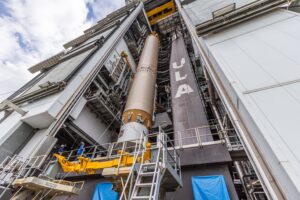
United Launch Alliance is targeting a Nov. 22 liftoff for the U.S. Space Force STP-3 mission aboard an Atlas 5 rocket.
UK funds studies to remove two spacecraft from LEO
Tuesday, 26 October 2021 16:36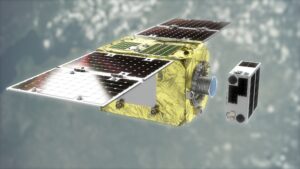
The UK Space Agency has awarded study contracts for a mission to remove two spacecraft from low Earth orbit by 2025.
You can help train NASA's rovers to better explore Mars
Tuesday, 26 October 2021 16:21
Members of the public can now help teach an artificial intelligence algorithm to recognize scientific features in images taken by NASA's Perseverance rover.
Artificial intelligence, or AI, has enormous potential to change the way NASA's spacecraft study the universe. But because all machine learning algorithms require training from humans, a recent project asks members of the public to label features of scientific interest in imagery taken by NASA's Perseverance Mars rover.
Called AI4Mars, the project is the continuation of one launched last year that relied on imagery from NASA's Curiosity rover. Participants in the earlier stage of that project labeled nearly half a million images, using a tool to outline features like sand and rock that rover drivers at NASA's Jet Propulsion Laboratory typically watch out for when planning routes on the Red Planet.
SpaceX needs to tame toilet trouble before weekend launch
Tuesday, 26 October 2021 14:11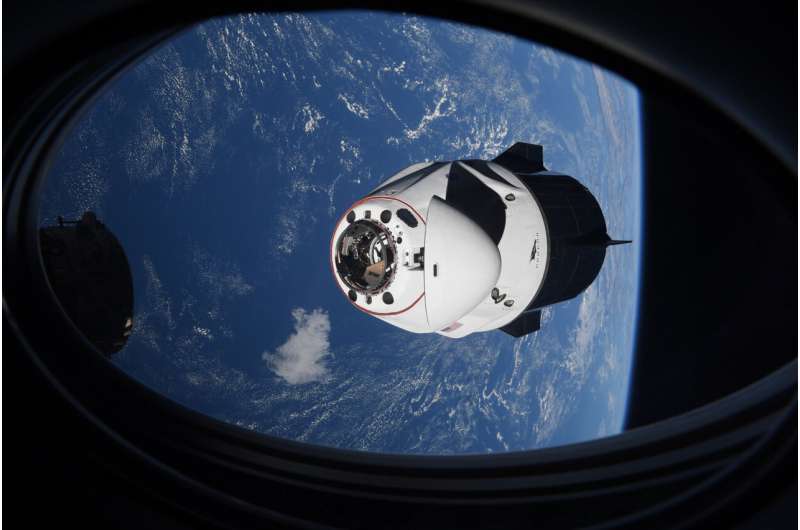
SpaceX is taming some toilet troubles in its capsules before it launches four more astronauts.
Pathfinding experiment to study origins of solar energetic particles
Tuesday, 26 October 2021 14:02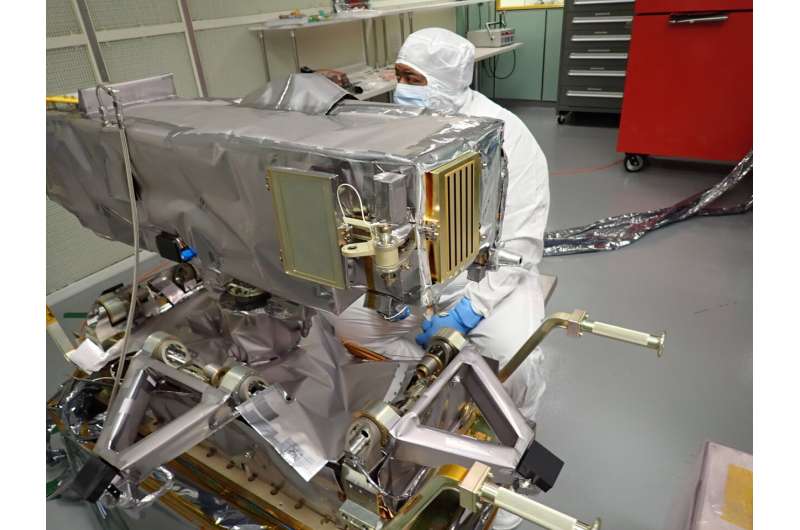
A joint NASA-U.S. Naval Research Laboratory experiment dedicated to studying the origins of solar energetic particles—the Sun's most dangerous form of radiation—is ready for launch.
UVSC Pathfinder—short for Ultraviolet Spectro-Coronagraph Pathfinder—will hitch a ride to space aboard STPSat-6, the primary spacecraft of the Space Test Program-3 (STP-3) mission for the Department of Defense. STP-3 is scheduled to lift off on a United Launch Alliance Atlas V 551 rocket no earlier than Nov. 22, from Cape Canaveral Space Force Station in Florida.
Announcement of opportunity to fly payloads on ESA’s Space Rider
Tuesday, 26 October 2021 12:37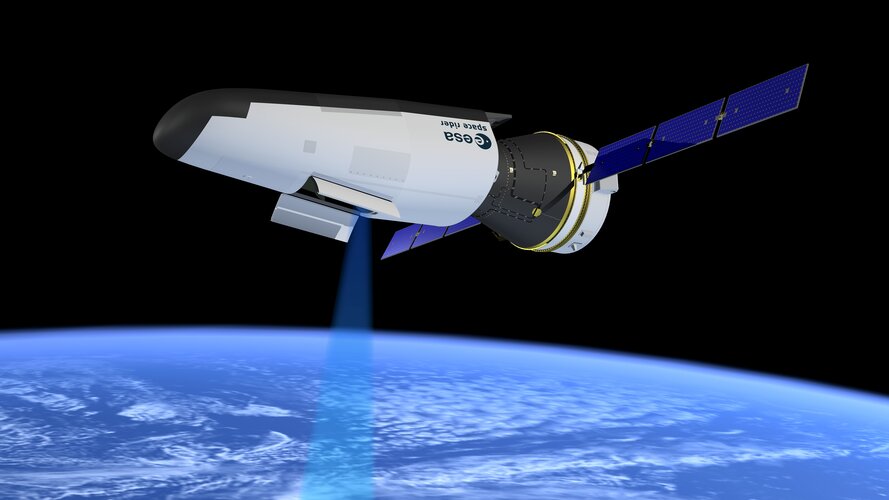
ESA is offering the opportunity for payloads to ride on board the first return flight, and future flights, to low orbit of its reusable Space Rider. Applications should reach ESA by 30 November.
Hedron, formerly Analytical Space, raises $17.8 million
Tuesday, 26 October 2021 09:00
Hedron, the company formerly called Analytical Space, raised $17.8 million in a Series A fundraising round.
Rogozin says Crew Dragon safe for Russian cosmonauts
Tuesday, 26 October 2021 08:47
The head of Roscosmos says he is now satisfied that SpaceX’s Crew Dragon is safe enough to carry Russian cosmonauts, clearing a major obstacle for an agreement to exchange seats between Soyuz and commercial crew vehicles.
A world without access to space
Tuesday, 26 October 2021 08:33 Over the last several years we have been yelling and screaming about the existential threat of space debris on our ability to conduct space commerce, but the world is not listening. Instead, several organizations continue to add new spacecraft to the near-Earth space environment while totally ignoring the ultimate consequences.
Just over the past 18 months the population of low-orbiting ac
Over the last several years we have been yelling and screaming about the existential threat of space debris on our ability to conduct space commerce, but the world is not listening. Instead, several organizations continue to add new spacecraft to the near-Earth space environment while totally ignoring the ultimate consequences.
Just over the past 18 months the population of low-orbiting ac 